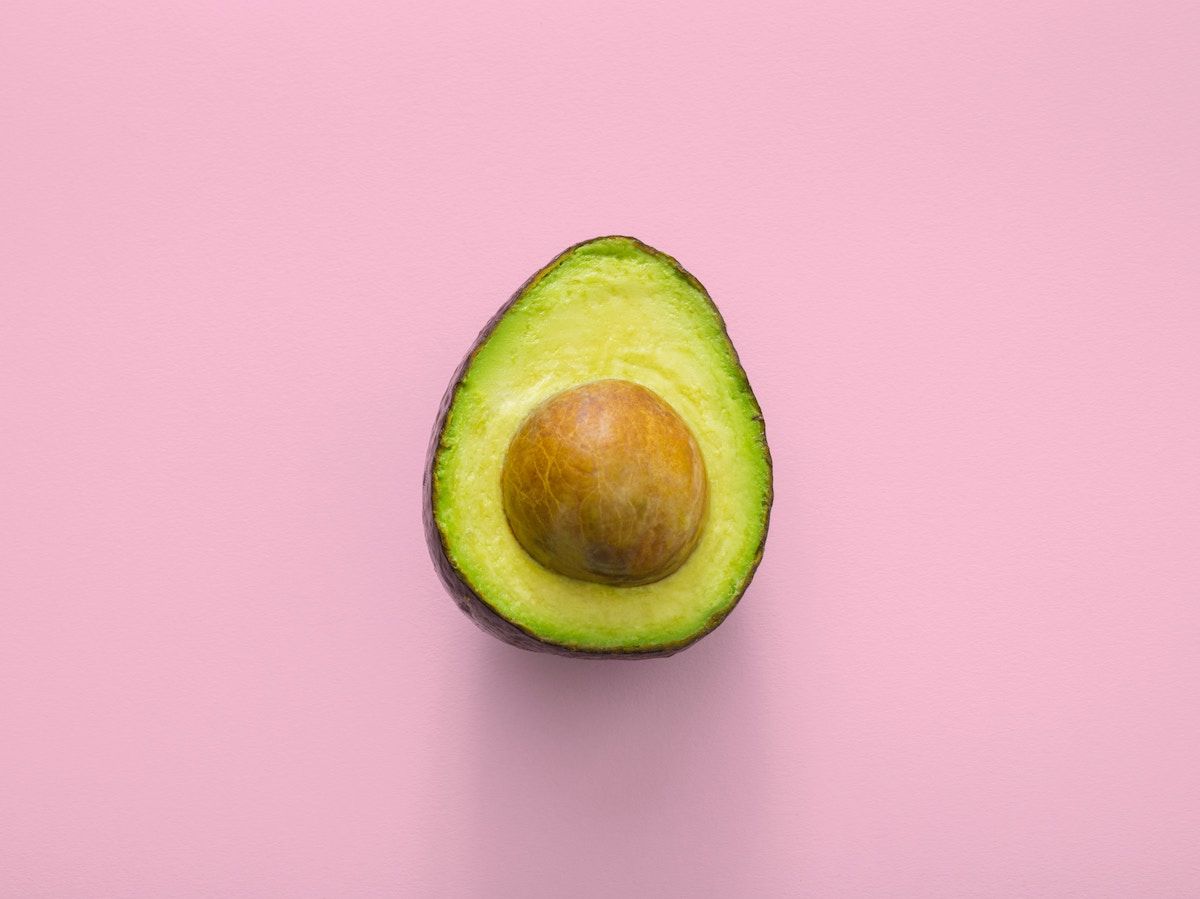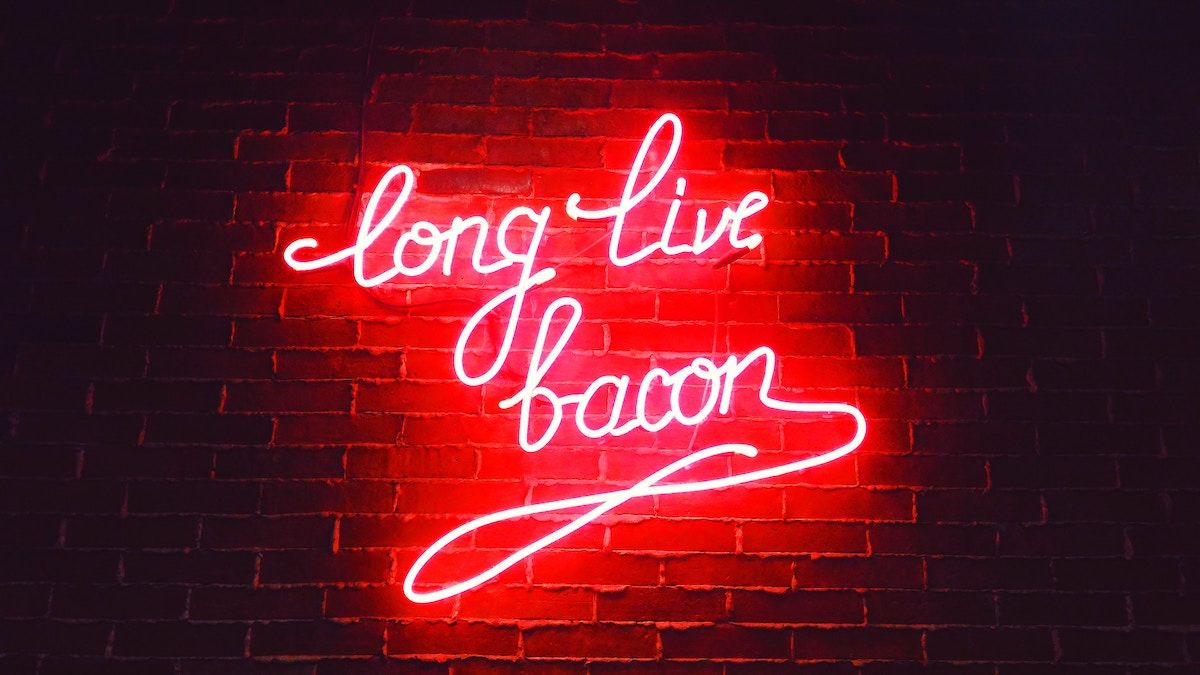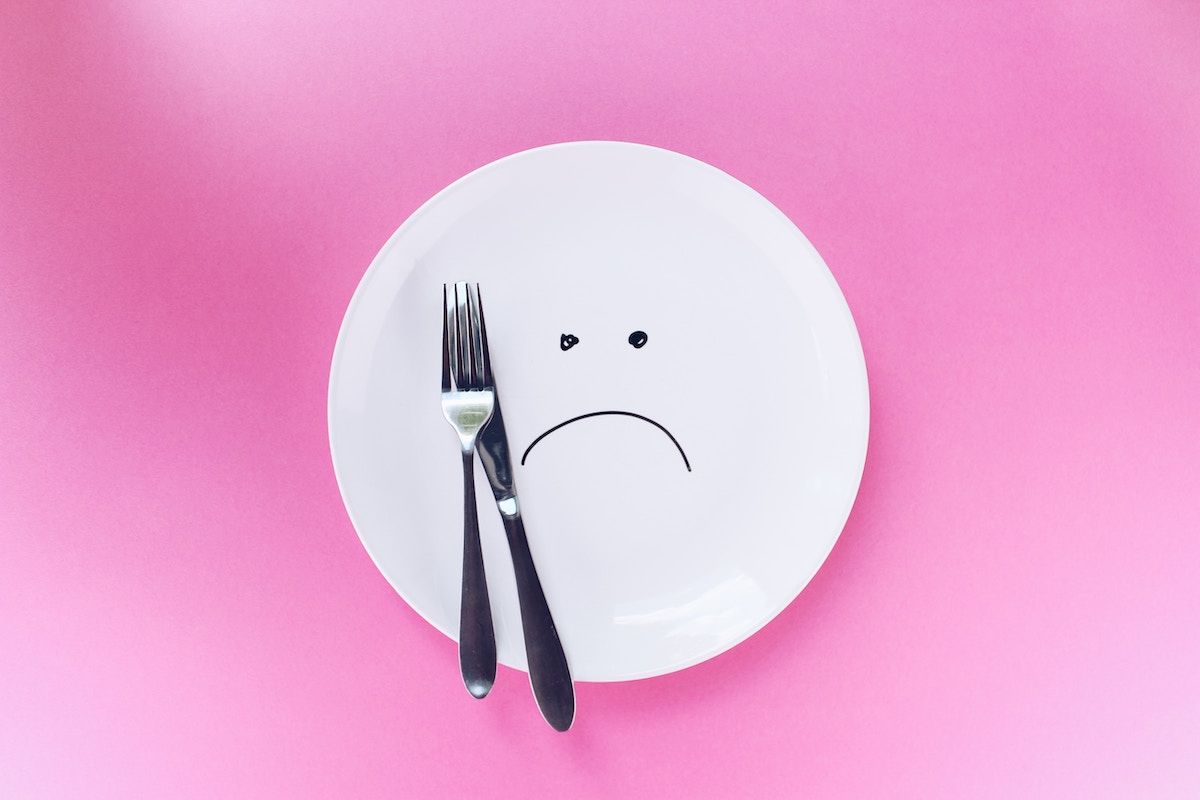High fat? High protein? Low carb? Ultimate Guide to Keto

SweatBuddy A: "I'm on a Keto Diet."
SweatBuddy B: "What?!"
From vegan to pescatarian to Whole30, we look into the Ketogenic Diet - one of the most commonly selected food choices by our community. What are the most frequently asked questions? Read on for a Complete Guide to the Keto Diet.
Find Your Keto-Buddy to hold one another accountable.
What is the Ketogenic Diet?
The ketogenic diet is a high fat, low to moderate protein, low carbohydrate diet that aims to help you reach a state of ketosis.
This is attained either by fasting or by consuming the ketogenic diet for an extended period of time.
Either way, the goal is to reduce the amount of carbs in your body to a point that there is so little left. This causes your body to primarily use fats as its main energy source. While the muscles have no problem with that, the liver can’t use fats so effectively and will process some of the fats in our body into ketones, thus creating more ketones for the body.
From buttered coffee to bacons and slabs of avocadoes, what’s there not to love?

What is Ketosis?
The simple definition of ketosis is when the body uses fat as the primary source of energy instead of carbohydrates.
When your body no longer has carbohydrates (glucose) to use as fuel, it burns fat instead. Fat is converted into ketones and has been shown to be a more efficient energy source for the mind and body to use. This is because it burns for a longer time and does not need to be refueled as often vs. carbs where you will constantly need to refuel. You will also experience blood sugar highs and lows.
This may benefit individuals who are looking to lose weight, or diabetes sufferers who can improve their insulin sensitivity. The very low carbohydrate intake would result in lower levels of blood sugar.
How to measure Ketosis?
The 3 main ways to measure ketosis are through your breath, urine and blood.
Breath: Measuring ketone levels through breath is relatively accurate. However, it is not as precise as measuring blood ketone levels. The upfront cost of a breath ketone reader can be expensive; although there are new cheaper versions hitting the market. The positive is that it is a one time cost and is reusable.
Urine: This is the most common way to measure ketones, especially for those starting out with the Keto Diet. It is relatively inexpensive and you can find keto test strips at the chemist or online; however, it is the least accurate way to measure your ketones levels.
Blood: Measuring Ketosis in the blood is the most accurate way to measure ketone levels. You will need a handheld blood ketone measurement device such as the "Precision Xtra", and keto test strips.
Note of caution: Ensure that you do not use glucose strips which are used for those with diabetes. The downside is that you will need to continue to purchase keto test strips and prick your finger each time you wish to take a measurement.
Are there any side effects with the Ketogenic Diet?
As far as research goes, the good news is that there is no known life-threatening side effect like cholesterol outburst, ketoacidosis, heart transformation or rainbow pukes if you eat within your caloric limits.
However, some notable features at least in the initial stages of Ketogenic Diet would be a constant need of water and a heightened sense of feeling irritated.
You will likely also have a bittersweet taste in your mouth; a taste that tells you that you’ve officially graduated into ketosis academy. The most obvious side effect though, would be your never-ending crave for rice, noodles, pasta, bread, and all things carbohydrates.
Having an annual body check-up regardless of what you do to your body would likely be good advice though, just to make sure you’re in the clear!
Ketogenic Diet vs. Paleo vs. Typical Asian Diet: How do they look like on a plate?
Keto on a plate will look pretty high in healthy fats, along with some sources of protein and virtually no carbohydrates. Even if there is some carbs, most ketogenic diets tend to focus on having vegetables as their source of carbohydrate. An example of a ketogenic dish would be a scrambled egg dish with spinach cooked with butter.
The paleo diet, on the other hand, will focus more on fresh natural food sources. A large part of the plate involves the harmony of vegetables along with some protein and fats.
A distinct feature about the paleo diet is that macronutrients is usually separated very neatly, making it very easy to tell what type of food group you have on your bowl. A typical dish would be salad greens and tomatoes topped with grilled chicken breast and sprinkled with a bit of olive oil.
The typical Asian diet comes in many formats, but one of them comes in the form of rice along with a combination of different side dishes which includes vegetables, proteins and fats. A typical plate would usually result in two or three vegetable or protein dishes cooked in oil and some sort of seasoning. Some examples of these dishes include flavor-heavy Sambal Stingray, Pork Ribs King, Prawn Paste Chicken or Curry Fish Head. This is also known to the Asians as Zi Char, which means “Cook and Fry” in English.

What is MCT and how does it fit into a Keto Diet?
MCT stands for Medium Chain Triglycerides and is a fatty acid found in foods such as coconut oil and dairy products. MCT can be absorbed more quickly than other fats, and can easily convert to energy. Therefore, it is better to ingest pure MCT vs. getting it through coconut oil or dairy.
MCT comes in 2 main forms, oil and powder. MCT Oil is commonly mixed into coffee and shakes. However, as this can be quite oily and messy, MCT Oil powder is a newer form and is much easier to mix into your coffee or shakes.
Benefits of MCTs?
- MCTs are one of the best energy sources for brain function and energy levels. The brain needs medium chain fats to think clearly and stay sharp.
- Positive effects on fat loss and metabolism.
- Positive effects on the immune system and gut health.
- Great for those following a low carb or Keto diet, as MCT's can be easily converted into ketones.
What is Intermittent Fasting's (IF) role in the Ketogenic Diet?
While intermittent fasting is different from ketogenic diet, some individuals practice both diets together. By performing prolonged fasting (more than 24 hours), it is possible to enter a state of ketosis. The purpose in this case is to limit when one can eat. This can either play out to work really well or go badly.
On one hand, if your appetite is reduced while being on a prolonged fast, you may just need to eat once or twice a day and feel full and fuelled. This allows you to create that calorie deficit and thus, lose weight.
On the other hand, it can be very torturous to continuously think about food and cravings. This leaves you feeling very hungry and at times, annoyed. When you can finally eat, your one meal could be a cow; you overeat and thus the binge will cause you to consume more calories than you probably need...

What is the difference between Carb Cycling & Ketogenic Diet?
Instead of running away from all carbs in the scenario of a Ketogenic Diet, the carbohydrate cycling method allows you to take in a meal/day of carbohydrate once every few restrictive days.
This gives you some leeway to work with your carbohydrate cravings, restore your carbohydrate storage (glycogen), thus giving you energy to perform at intensive physical activities.
This may be a better option for our friends looking to try the Ketogenic Diet without feeling that need to “break up” with carbs. Why would you want to completely live without rice, bread or pasta?! How long can you sustain the lifestyle for?
Keto Diet for Vegans?
Some people call this a VETO diet - Vegan Keto. Vegetarian Keto is a lot easier than Vegan Keto, as you can take advantage of eggs and dairy. Going full Vegan Keto is definitely restrictive compared to most other diets, but it is achievable.
You will want to get 70% of your calories from plant-based fats, around 25% from plant-based proteins and the rest from carbohydrates.
Some of the foods that are high in plant-based fats are coconut oil, MCT oil, olive oil, avocado, pumpkin seeds, and almonds.
Places to eat Keto in Singapore
For the budget friendly, local hawker stores in Singapore sell a lot of keto-friendly food including Yong Tau Foo (depending on what you select), Economy Rice (without the rice), Satay and Bak Kut Teh - all at economical prices. The trending Mala Xiang Guo can be a keto-friendly option for you too!
If you are looking to have a romantic but budget ketogenic date in Singapore, sharing a plate of double up chicken from Astons with side dishes like garden vegetables could be an option.
Craving for guilt-free desserts? Head over to Duxton41 to satisfy your cravings, without the guilt! Not only are there cakes, pies and tarts keto-friendly (made with a low carb, moderate protein mix), each bake is made to look super insta-worthy and aesthetically pleasing.

Local Keto Friendly Places in Hong Kong
To eat Keto in Hong Kong - For breakfast, Elephant Grounds with multiple locations in HK offers the popular Bulletproof Coffee. The Coffee Academics also provides a decent menu to choose from including popular brunch items like eggs and avocado.
Lunch options include Tava at Sheung Wan - a Turkish Mediterranean eatery, where you can ask for a low carb option i.e. selecting salad over the wraps. For the Vegetarian Keto, Grassroots Pantry is the perfect option in Sheung Wan.
Looking to meal prep and cook on your own? Simply choose natural options including nuts and seeds, avocado, bacon and chicken thigh. You basically can eat anything that does not have carbohydrates in it.
There are may Keto Influencers & Authors to follow on Instagram, which offer recipe inspiration, as well as tips to lead the Keto lifestyle. Some accounts include: @ketokarma,
@chefpeteevans, @keto_adapted, Singaporean fit mom Kelly Latimer, as well as Mark Sisson from Mark's Daily Apple.
The Complete Guide to Keto Diet in Asia is contributed by Sports Nutritionist James, based in Singapore and Michael Baker, Founder of Ketao, based in Hong Kong and Sydney Australia. Ketao uses high quality ingredients to create Keto products that optimise your energy levels, focus, fat burning, and overall health.
Questions or feedback for the contributors? Please drop a note to: [email protected].





